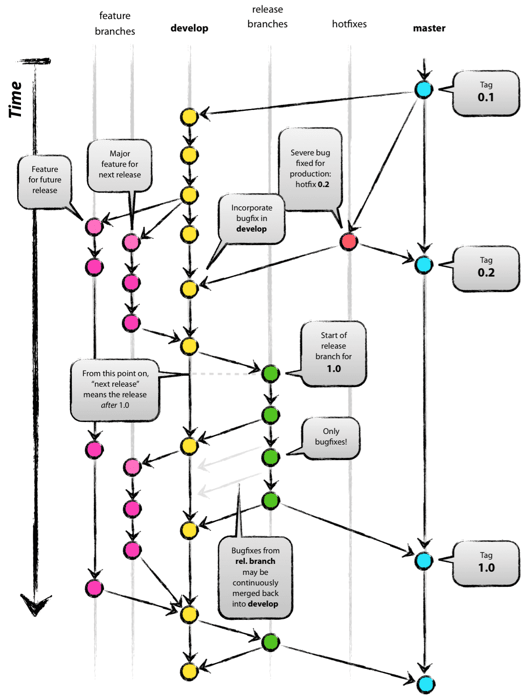Other Random Thoughts Posts
Over the years, I’ve faced challenges in personal and professional domains. Each obstacle presented an opportunity to learn and refine my approach to problem-solving. These experiences inspired me to develop the CGI Problem-Solving Framework, a straightforward yet powerful tool for tackling a wide variety of challenges. CGI stands for Challenge/Current States, Goals, and Ideas—a three-step process that brings clarity, focus, and creativity to any problem.
Let’s explore how the CGI framework works, its benefits, and how it can be applied to real-world scenarios.
Step 1: Challenge/Current States
The first step is to define the Challenge or Current State. This involves two critical actions:
Identifying the problem: Clearly articulate what needs to be addressed. The more specific you are, the better equipped you’ll be to address it.
Documenting the current situation: Take note of all relevant details. What are the contributing factors? Who is involved? What systems or processes are currently in place?
This step ensures solutions address real issues, not assumptions or surface-level symptoms. For instance, if improving team collaboration is the challenge, you might note:
Inconsistent communication channels lead to missed deadlines.
A lack of shared tools for project tracking.
Unclear roles and responsibilities cause duplication of efforts.
By fully understanding the context, you lay the groundwork for effective problem-solving. Often, simply documenting the current state reveals hidden factors that may otherwise go unnoticed.
Step 2: Goals
Once you understand the challenge, the next step is to set clear and actionable Goals. Ask yourself the following:
What do I want to achieve?
What does success look like?
How will progress be measured?
Goals are the compass that guides your efforts. They transform a daunting challenge into a series of manageable, actionable steps. For example, to improve team collaboration, your goals might include:
Implementing a shared project management tool within a month.
Hosting weekly team check-ins to foster alignment.
Clearly define and document team roles to eliminate ambiguity.
Specificity is key. Avoid vague objectives like “improve communication”; instead, define measurable outcomes such as “ensure all project updates are shared in a centralized tool.” Clear goals prevent distractions and keep you focused on desired outcomes.
Step 3: Ideas
With goals in place, it’s time to brainstorm Ideas to achieve them. This stage invites creativity and exploration. Here are some tips to maximize its effectiveness:
Collaborate: Involve diverse perspectives. Fresh viewpoints often lead to innovative solutions.
Don’t self-censor: No idea is too wild at this stage. Many groundbreaking solutions, like the invention of post-it notes, stemmed from seemingly impractical concepts.
Think short-term and long-term: Balance quick fixes with strategies that ensure lasting impact.
For the team collaboration example, potential ideas might include:
Trialing tools like Slack or Asana to streamline communication.
Organizing a team-building retreat to strengthen relationships.
Creating a shared workflow document to clarify roles and expectations.
After brainstorming, evaluate your ideas. Prioritize them based on feasibility, alignment with goals, and potential impact.
Why the CGI Framework Works
The CGI framework is effective because it simplifies problem-solving into three actionable steps. It ensures:
Clarity: By grounding efforts in reality, you tackle the true problem, not its symptoms.
Focus: Clear goals prevent distractions and scope creep, allowing you to concentrate on what truly matters.
Creativity: The structured approach encourages innovation while ensuring practicality.
Moreover, CGI’s adaptability makes it a valuable tool across personal, team, and organizational challenges. Whether you’re streamlining a workflow, enhancing personal habits, or addressing a strategic business issue, CGI provides a roadmap to success.
Real-Life Example
Let’s apply the CGI framework to a common challenge: maintaining a fitness routine.
Challenge/Current State:
Goals:
Work out three times a week consistently.
Build strength and stamina over the next three months.
Lose 10 pounds by the end of the quarter.
Ideas:
Join a local fitness class to create accountability.
Set daily reminders and schedule workouts in a calendar.
Reward yourself for consistent progress with small, motivating treats.
Breaking down a challenge into these steps turns a vague intention into a realistic, actionable plan.
Expanding the Use of CGI
The beauty of the CGI framework lies in its flexibility. It can be used to address personal habits, improve team dynamics, solve technical challenges, or even plan a vacation. Following its three steps, you can approach any problem with confidence and clarity.
For instance:
Personal Development: Use CGI to develop better time-management habits by first identifying distractions, then setting goals for efficiency, and brainstorming strategies like using time-blocking techniques.
Workplace Challenges: Apply CGI to resolve conflicts by outlining current grievances, establishing mutual goals, and generating ideas for compromise and collaboration.
The CGI framework helps bring clarity, focus, and action to problem-solving. Whether you’re addressing a minor inconvenience or a major life decision, try it out and see how it transforms your approach to challenges!
Other Random Thoughts Posts
Picture of the Day:
[image or embed]
— Dr. Tree (@lannyland.com) December 31, 2024 at 3:17 PM
P.S. Remember, the easiest way to keep up with my journey is by visiting blog.lannyland.com










































































































































